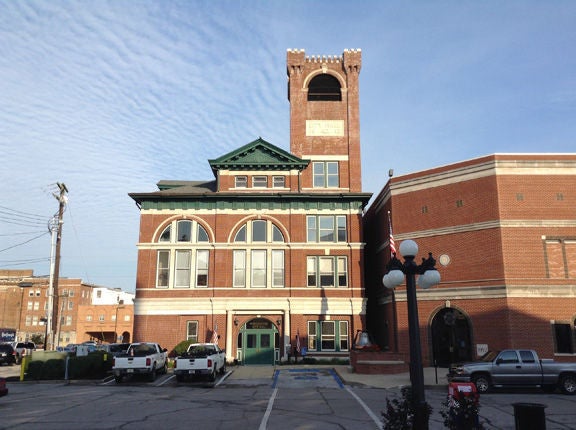Roark: Medicinal plants
Published 8:00 am Monday, July 29, 2024

- Steve Roark
|
Getting your Trinity Audio player ready...
|
Thousands of years before modern medicine, people depended on medicinal plants to ease pain and aid healing. Our early pioneer ancestors learned from native Indians what plants were useful to treat maladies, and many of these plants are common in our area and easy to identify. What follows is a description of some of the easier to find medicinals found in our area.
Yarrow (Achillea millefolium): Also called bloodwort, nosebleed, and soldier’s woundwort. This wildflower has a tight cluster of white, five-petal flowers at the top, with soft, aromatic, fern like leaves along the stem. It is common in pastures, roadsides, and disturbed places. The leaves and stems were used to promote healing of open wounds and as a diaphoretic (used to increase perspiration).
Common Burdock (Arctium minus): Also called clotbur. This is the plant with the round button like seed pods that stick to your clothes like Velcro (not cockleburs, which are shaped more like footballs). It is common in disturbed areas and I see it a lot around barns and in overgrazed pastures. The root was widely used by Indians as a blood purifier and to treat bleeding wounds. In Spain and France, it has been used to cure skin blemishes.
Common Milkweed (Asclepias syriaca): A familiar plant that stands 4-5 feet tall and has round clusters of pinkish to purplish flowers. The leaves are broad ovals that attach to the stem in whorls. The roots of this plant were used as an expectorant (helps force out mucus from the respiratory tract), to ease joint pain, increase perspiration, and to increase urine flow). Warning: the plant is considered toxic, and the white milky sap is an eye irritant.
Eastern red cedar (Juniperus virginiana): Found in about every fencerow and needs no description. The leaves were used as a stimulant, to induce menstrual flow, and to treat tapeworm. The leaves, seeds, and twigs have been boiled and inhaled to treat bronchitis. The boiled bark has been used to treat skin rash.
Plantain (Plantago major): If you don’t use weed killer on your lawn you likely have this growing somewhere. It’s a weed with broad, heavily ribbed leaves that lay low to the ground. A leaf tea has been used to treat coughs, diarrhea, and dysentery. It’s called nature’s band aide, and the leaves can be applied to blisters, sores, swelling, and insect bites. There is scientific confirmation that Plantain can aid in the healing process. If you’re out in the wild simply chew a leaf to a pulp and apply as needed.
A good book on medicinal plants is the Peterson guide called “Medicinal Plants.”





